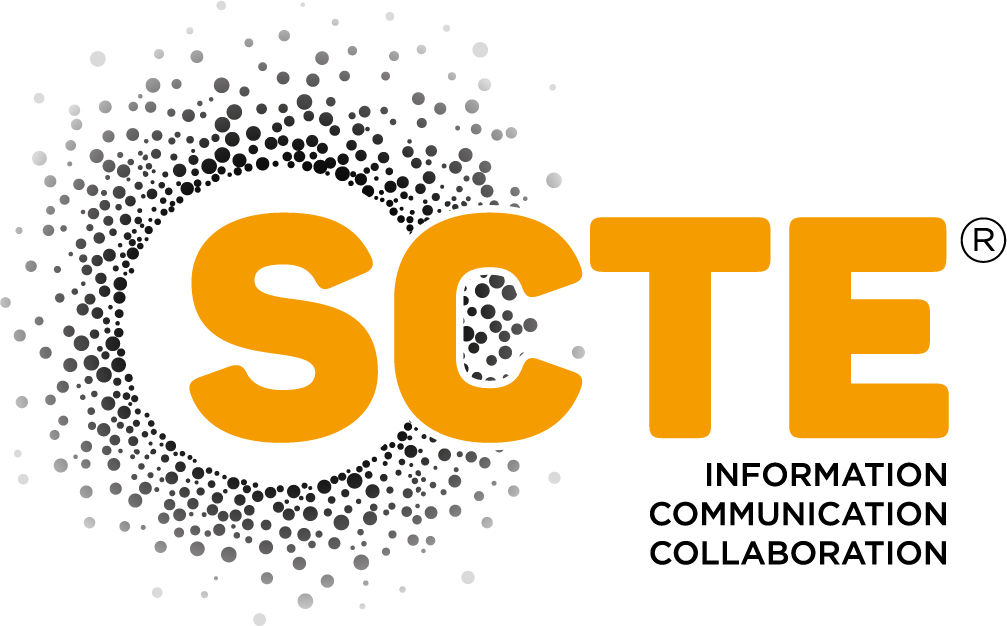All OTT articles – Page 10
-
 Technical Papers
Technical PapersImproving content interoperability with the DASH content protection exchange format standard
The MPEG-DASH ecosystem is growing quickly, and a significant portion of the content being prepared and delivered is protected content.
-
 Technical Papers
Technical PapersPassing the tuning test: providing cable-equivalent ad-supported linear programming using MPEG DASH
An ever-growing share of US consumers uses OTT for viewing live content, such as sports events, while the vast majority is still served using traditional distribution methods, such as cable, satellite, IPTV and terrestrial broadcast.
-
 Technical Papers
Technical PapersDASH in ATSC 3.0: Bridging the gap between OTT and broadcast
ATSC 3.0 revolutionizes TV broadcast distribution. For the first time, a hybrid system is designed from day 1 in order to support broadcast and broadband distribution in an integrated manner and to target different receiver platforms.
-
 Technical Papers
Technical Papers3GPP based TV service layer
The Third Generation Partnership (3GPP) project since its creation in December 1998 has a long history in enabling mobile communication and had included enablers for media streaming and distribution in its very early roadmap.
-
 Technical Papers
Technical PapersFuture of voice control for consumer interactions with IoT systems: in the context of integration with other services offered by traditional service providers
As the population in developed countries ages and installations of flat screens continue en-mass, consumers’ affection for large TV screens grows.
-
 Technical Papers
Technical PapersEfficient multi-bitrate HEVC encoding for adaptive streaming
Over-The-Top (OTT) content streaming is poised to grow exponentially in the coming years, driven by the consumer’s need for a rich and high quality viewing experience.
-
 Technical Papers
Technical PapersHow true, synchronized live OTT can change the second screen and social TV game
CDNs and OTT video distribution platforms today use technologies such as HTTP Live Streaming (HLS) and MPEG-DASH, which use segmentation of the video streams and HTTP for delivery.

















